Introduction
The date palm (Phoenix dactylifera) has held a significant place in history and culture for centuries, revered as a "tree of life" in many regions across the globe. From the bustling souqs of the Middle East to the Spanish Missions in California, the date palm is more than just a plant; it is a symbol of fertility, prosperity, and endurance. Not only do they provide delicious and nutritious fruits, but they also possess an iconic appearance that underscores their popularity among gardeners and commercial growers alike.
Known for their resilience and ability to thrive in harsh conditions, date palms are beloved additions to backyards, parks, and orchards, especially in arid and semi-arid regions. For gardeners and commercial growers, understanding how to properly care for these majestic plants is essential for ensuring they grow healthy and produce bountiful harvests. This comprehensive guide aims to offer detailed insights into growing and maintaining robust date palms, helping you cultivate your living symbol of endurance and beauty.
Understanding Date Palms

Botanical Overview
Date palms belong to the family Arecaceae and are scientifically known as Phoenix dactylifera. They are dioecious plants, meaning that they have separate male and female trees. This distinction is crucial for fruit production, as only female trees bear fruit, and pollination from a male tree is required for fertilization.
Date palms are typically classified based on the type of fruit produced, with numerous cultivars known for their sweet and chewy characteristics. Prominent cultivars include Medjool, Deglet Noor, and Barhi, each differing in size, flavor, and harvest time.
Physical Characteristics
These stately palms can grow up to 100 feet tall with a crown of feathery leaves that bring to mind elegantly cascading plumes. The trunk is covered with the imprints of old leaf bases, lending a distinctive rugged texture that is both striking and iconic. The leaves of a date palm can grow to about 16-20 feet in length and have sharp spines at their base, which require care when handling.
Choosing the Right Date Palm for Your Location
Climate Considerations
Date palms flourish in warm, arid climates and are notably tolerant of drought and high temperatures. They are typically found in USDA hardiness zones 9 through 11. However, these palms are sensitive to frost and cold weather, making it important to ensure that they are planted in a region that suits their temperature needs.

Temperature Needs
The ideal temperature range for date palm growth is between 77°F and 95°F (25°C to 35°C). While they can withstand higher temperatures, brief exposure to temperatures below 20°F (-6°C) may cause irreparable damage to the plant. For regions with occasional cold snaps, measures such as using frost cloths are recommended to protect the palms.
Soil Requirements
Date palms prefer well-draining sandy loam soils. They can tolerate salinity, which is why they are often found thriving in coastal regions. To ensure optimal growth, the soil should be slightly acidic to neutral, with pH levels ranging from 6.0 to 8.0.
For regions where native soil isn't conducive to palm tree health, consider amending it with a combination of sand and organic matter to improve drainage and fertility.
Available Space
Given their significant potential height and wide spread, consider the space available for planting date palms. Ensure that the location allows for ample room away from buildings, power lines, and other important structures, as a mature date palm can have a crown spread of up to 30 feet.
Planting Date Palms

Preparation for Planting
Before planting your date palm, it's essential to prepare the site properly. This involves clearing away any debris, weeds, or other obstacles that might encumber root growth.
Selecting the Right Spot
Choose a location that receives ample sunlight, as date palms require full sunlight for at least eight hours a day. Avoid shaded spots or areas prone to flooding.
Steps for Planting
To ensure successful planting, follow these steps:
1. Digging the Hole
Dig a hole that is twice as wide and just as deep as the root ball of the date palm. This will give the roots plenty of space to spread out and establish themselves.
2. Placing the Palm
Carefully place the palm into the hole, making sure that the top of the root ball is level with or slightly above the surrounding soil line. Once in place, backfill the hole with a mix of native soil and any necessary amendments.
3. Watering After Planting
After planting, water the palm thoroughly to help settle the soil and remove air pockets. It's crucial to ensure that the roots are in contact with the soil for proper establishment.

4. Adding a Staking Support
If necessary, add a support for younger palms to prevent wind damage. Use soft ties to secure the trunk to the stake without constricting growth.
Irrigation Practices
While date palms are extremely drought-resistant, young palms require regular watering to establish healthy root systems. Initially, water newly planted palms every 3 to 4 days during the first month, gradually decreasing to weekly watering in the establishment phase (up to 3 years).
Once established, date palms typically require deep watering every two weeks, depending on climate conditions. Irrigation systems equipped with drip lines are highly effective for delivering water directly to the root area without waste.
Fertilization of Date Palms
Essential Nutrients
To thrive, date palms need a regular supply of specific nutrients. Key elements include nitrogen for leaf growth, potassium for overall health and vigor, and magnesium to prevent yellowing. Let's dive deeper into the essentials:
Nitrogen
Nitrogen encourages robust leaf production and is critical during the growing season. Opt for slow-release fertilizers or natural compost to provide a steady supply of nitrogen to your date palms.

Potassium
Potassium aids in building strong stem structures and resilience to diseases. Incorporating potassium-specific supplements periodically can help ensure your palm gets the nutrition it needs.
Magnesium
Magnesium is essential for the deep green color of date palm fronds. Address potential deficiencies if you notice yellowing fronds by applying magnesium sulfate (Epsom salt) around the base of the palm.
Proper Fertilizer Application
Apply a balanced palm fertilizer with micronutrients thrice yearly: in spring, summer, and fall. Distribute fertilizer evenly around the base and water well, avoiding contact with the trunk to prevent damage.
For ease, consider our range of palm-specific fertilizers available at Plantology's online store, designed to provide a tailored approach to your palm's dietary needs.
Pest and Disease Management
Common Pests
Common pests that afflict date palms include spider mites, scale insects, and weevils. These pests require immediate attention since they can affect palm health and appearance.
Spider Mites
Symptoms of spider mite infestation include a stippled appearance on fronds. Combat them with miticides or a homemade insecticidal soap spray.

Scale Insects
These appear as immobile bumps on leaves and stems. Manage scale populations with horticultural oils or systemic insecticides.
Weevils
Weevils, especially the red palm weevil, can cause significant damage. Preventive measures like regular inspections and using insecticides help keep weevil populations in check.
Diseases to Monitor
Date palms are also susceptible to Fusarium wilt, Ganoderma butt rot, and lethal yellowing. Early detection and treatment are crucial in minimizing damage.
Fusarium Wilt
Identify by wilting and dying fronds, starting from the lower parts of the crown. Unfortunately, there is no cure, making prevention via sanitation and inspecting young plants essential.
Ganoderma Butt Rot
This fungal disease manifests as white frond bases and can lead to the palm's decline. Once infection is indicated by visible conks, remove and destroy the affected palm to control the spread.
Lethal Yellowing
A bacterial infection spread by plant-hopper insects, noticeable by yellowing fronds and premature fruit drop. Control through systemic antibiotics and vector management.

Integrated Pest Management Strategies
Implement an integrated pest management (IPM) approach by constantly monitoring your date palms, promoting healthy growing conditions, and encouraging beneficial insect populations to naturally manage pest threats.
Pruning and Harvesting Date Palms
Pruning Techniques
Pruning is a regular date palm care task that maintains aesthetics and ensures good airflow and sun penetration. Annually remove brown or diseased fronds without cutting into the trunk, which can hurt the plant. Postpone pruning during active growth or exposure to extreme cold.
Harvesting Dates
Date harvesting usually occurs six to seven months after pollination. Dates ripen in four stages: Kimri (green), Khalal (full-size, crunchy), Rutab (ripe, soft), and Tamr (dried).
Stage-Specific Harvesting
For fresh dates, pick during the Khalal or Rutab stage; for dried and preserved fruits, harvest at the Tamr stage. Use a ladder or mechanical lift for taller trees and wear protective gear when harvesting manually.
Benefits of Owning Date Palms

Visual Appeal
Date palms bring a tropical feel and grace to landscapes with their slender trunk and feathery fronds. Their striking silhouette offers a serene and lush focal point in garden settings, perfect for creating a visual statement.
Edible and Nutritious Fruits
Date fruits are nutrient-rich snacks, providing fiber, vitamins, minerals, and natural sugars. Adding date palms to your garden offers the reward of homegrown, delicious fruits, ideal for fresh consumption or culinary uses.
Environmental and Economic Impact
Besides aesthetics and nutrition, date palms support environmental health by absorbing carbon dioxide and providing habitats for a variety of species. Economically, they offer monetary returns from fruit and ornamental markets.
Conclusion
The date palm's majestic presence is a unique addition to any garden or landscape, offering both beauty and practicality. With their historical significance, nutritional rewards, and minimal maintenance needs, date palms are a worthy investment for any plant enthusiast.
At Plantology, we strive to provide quality plants and the resources you need to succeed in your gardening endeavors. Explore our range of palms, including our Adonidia Palm Double and Alexander Palm varieties, to find the perfect palm for your needs. Visit our website for more plant care and purchase information.
Ready to embark on your date palm-growing journey? Select your ideal date palm companion today and watch as it grows into a living symbol of vibrancy, longevity, and prosperity in your garden!
Case Studies: Successful Date Palm Cultivation

Case Study 1: Reviving a Desert Oasis
In a village located at the edge of the Sahara desert, local farmers embarked on a project to reinvigorate their depleted lands. After much deliberation, the community decided to focus on planting date palms, which are naturally suited to arid conditions. The project's success hinged on understanding date palms' nutrient requirements, efficient irrigation systems, and careful selection of cultivars.
Using innovative drip irrigation techniques, the farmers efficiently used their scarce water resources. They selected a mix of Medjool and Deglet Noor varieties for their market value and resilience. Over five years, the desert not only turned into a green oasis but also boosted the local economy as the villagers began exporting dates.
Case Study 2: Urban Farming
A group of urban horticulturists in Los Angeles saw the potential of date palms as a means to provide fresh, sustainable produce and beautify the city landscape. Taking advantage of vacant lots and rooftop gardens, they started planting date palms across various neighborhoods.
Given the urban challenges of space and temperature variations, they invested in dwarf varieties that offered high yields in constrained spaces. By utilizing vertical planting methods and smart watering systems, these urban farms ushered in a wave of green innovation, yielding crops that supply local farmers' markets. The palms not only provided nutritious dates but also enhanced cultural appreciation of sustainable urban landscapes.
Lessons Learned
- Adaptation to Environment: Tailor irrigation and care practices to local conditions for optimal growth.
- Community Engagement: Collaborative efforts in shared spaces can be transformative, improving both environmental and socioeconomic conditions.
- Diversity: Using a mix of cultivars can mitigate risks and enhance harvest stability.
Innovations in Date Palm Cultivation

Advanced Irrigation Techniques
Advancements in irrigation have been pivotal in transforming arid lands into productive agricultural zones. The development of solar-powered drip irrigation systems has enabled large-scale date palm cultivation with minimal energy consumption, ensuring sustainable water utilization in resource-scarce areas.
Genetic Research
Ongoing research in the field of plant genetics aims to develop new date palm varieties that offer greater resistance to pests and diseases. By utilizing CRISPR technology, scientists are hopeful in creating strains that can thrive in even more harsh climates, thereby expanding the geographical range where date palms can be cultivated successfully.
Biocontrol Methods
The implementation of biocolonization solutions to manage pests and diseases is gaining traction. These environmentally friendly methods use beneficial insects and microorganisms to naturally suppress harmful pathogens, thereby reducing the need for chemical interventions and promoting biodiversity.
The Cultural Significance of Date Palms
Historical Context
Date palms have played a critical role in numerous civilizations throughout history. In ancient Mesopotamia, they were revered as sacred trees, featuring prominently in religious iconography and mythologies. Their leaves were often used in celebratory rituals, symbolizing victory and peace.
Culinary Traditions
Date fruits have not only been a staple food in the Middle East but are also central to many culinary traditions worldwide. From Middle Eastern sweets such as Ma'amoul to the sticky date puddings of Britain, these fruits provide a versatile ingredient in both sweet and savory dishes. Their natural sweetness serves as an excellent alternative to refined sugars, gaining popularity in health-conscious circles.

Religious Symbolism
In many cultures, date palms hold profound religious symbolism. Across Islam, Christianity, and Judaism, the palm is often associated with themes of paradise and righteousness. During Ramadan, dates are commonly consumed to break the fast, a practice rooted in religious traditions that emphasize sustenance and gratitude.
Common Challenges and Their Solutions
Overcoming Salinity
Salinity poses a significant challenge in date palm cultivation, particularly in coastal regions. Innovative measures such as halophyte planting around groves or implementing salt-tolerant rootstocks have been effective solutions in managing this issue, allowing date palms to flourish despite adverse soil conditions.
Managing Limited Water Resources
In regions facing water scarcity, implementing rainwater harvesting systems can supplement irrigation needs. Growing plants in symbiotic systems — using shade-providing plants to reduce evaporation — is another strategy that's proven effective, particularly when combined with efficient irrigation practices such as sub-surface watering systems.

Combating Pest Outbreaks
Research and development of predictive pest management systems using AI and machine learning are under exploration. These systems aim to provide early detection and intervention strategies, helping growers mitigate potential losses before they escalate into major issues.
Sustainability Practices in Date Palm Cultivation
Organic Farming
Transitioning to organic farming practices, which minimize chemical use and emphasize natural fertilizers, can substantially reduce the environmental impact of date palm farming. The adoption of practices such as crop rotation and composting can enrich soil health, ensuring long-term sustainability.
Carbon Sequestration
Date palms, like all trees, have the innate ability to sequester carbon dioxide, contributing positively to global carbon management efforts. Establishing large-scale date palm groves can therefore play a meaningful role in reducing carbon footprints while simultaneously providing economic benefits.
Socioeconomic Contributions
Beyond environmental impacts, sustainable date palm cultivation can enhance community livelihoods by creating job opportunities in farming, processing, and distribution. Fair trade initiatives ensure that small-scale farmers receive equitable compensation, promoting ethical engagement in global markets.

Conclusion: Grow with Confidence
With a rich tapestry of historical significance, economic opportunity, and environmental synergy, date palms represent more than ornamental trees; they are a testament to human ingenuity and adaptation. By understanding their unique growing needs, leveraging modern cultivation practices, and embracing sustainable principles, one can successfully cultivate date palms.
As you embark on your journey, Plantology remains committed to providing the resources and support you need, with our wide selection of date palms optimized for diverse climates and landscapes. Visit our website to explore our offerings, engage with our community, and access expert advice that will guide your date palm cultivation to flourishing success.
Let each date palm flourish as an enduring symbol of resilience, ready to offer a harmonious blend of beauty, culture, and bounty. Happy planting!



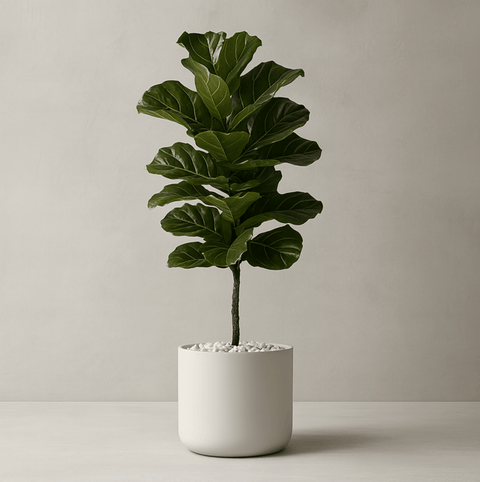
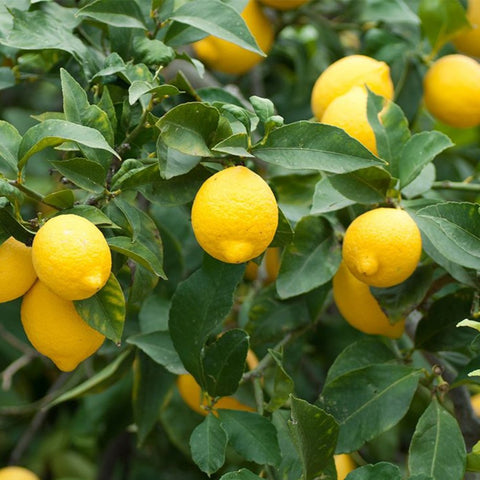

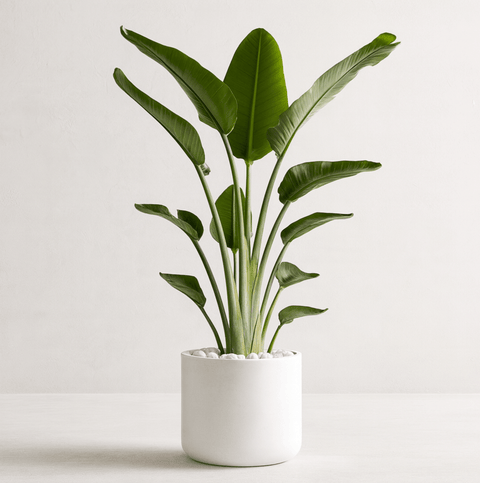

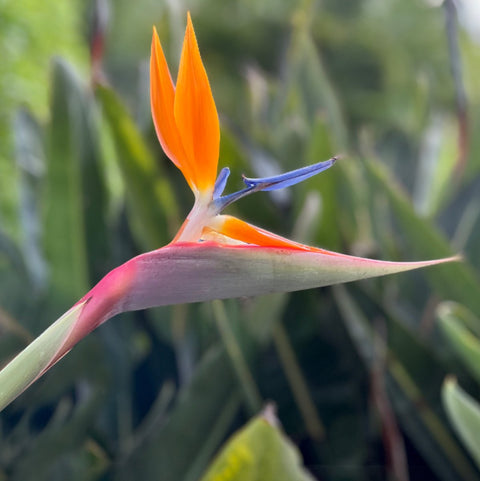
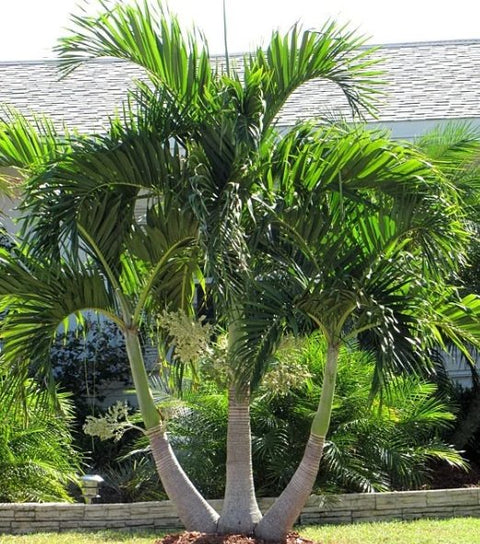
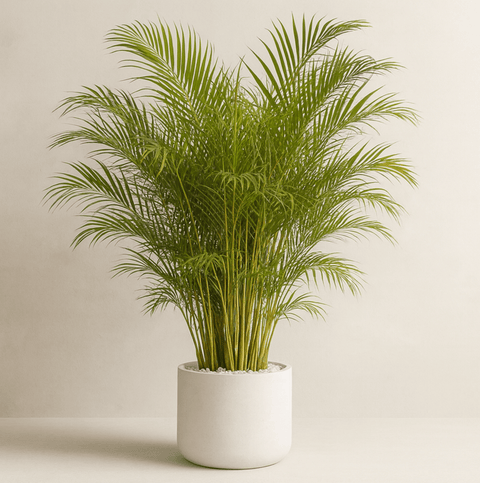


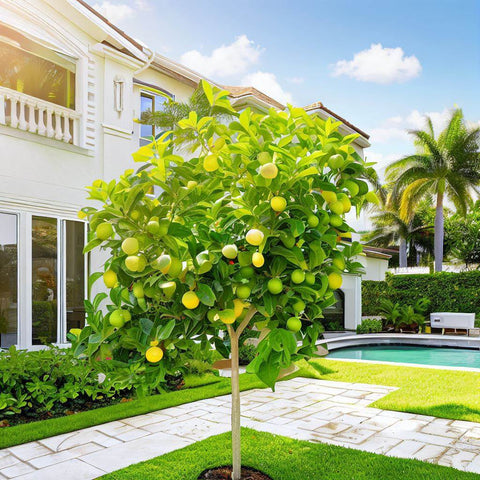



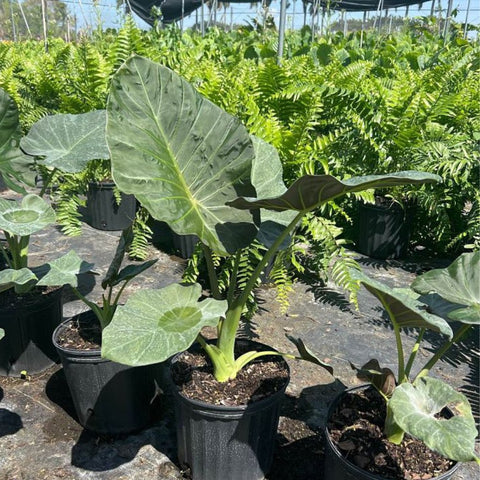




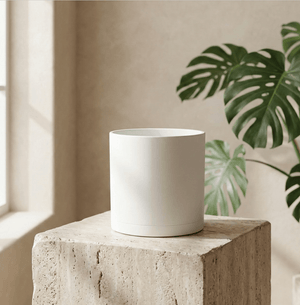
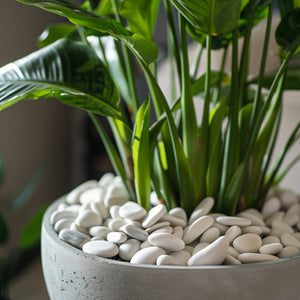

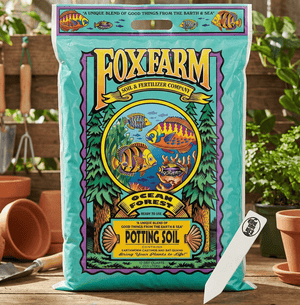

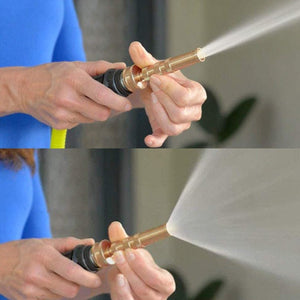


Comments (0)
There are no comments for this article. Be the first one to leave a message!